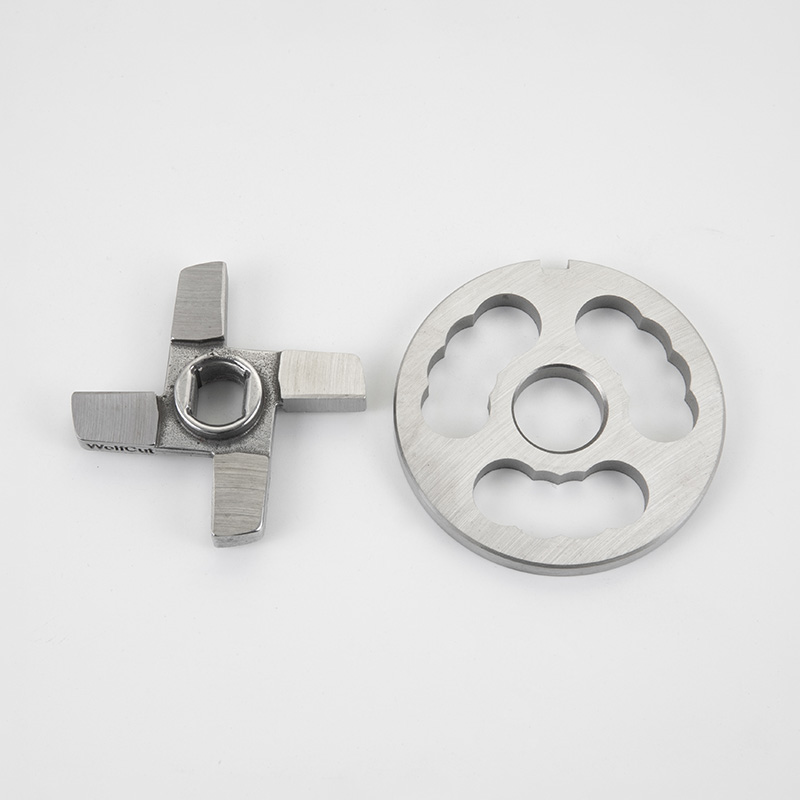The processing plant should consider CNC tool grinding […]
The processing plant should consider CNC tool grinding for many reasons, including CNC tool grinding can produce high-quality, long-life tools, with high process flexibility and controllability, while also saving costs.
Because tool grinding is not part of the core capabilities of the processing plant, in order to confirm whether the grinding in the plant is reasonable, a careful analysis must be performed.
The processing plant must be able to designate a full-time operator to operate the machine. It is not difficult to train the operator on CNC tool grinding, but he must have about five years of experience in operating CNC machine tools. In addition, the operator must also have good tool machining knowledge. The processing plant can investigate whether it is reasonable to equip a CNC grinder for financial and flexibility reasons. From a financial point of view, processing plants using standard tools cost at least $200,000 per year in tool regrind. However, processing plants that use non-standard tools or frequent tool changes can quickly regrind these tools if equipped with internal regrind facilities.
Advantages of CNC grinding

There are several problems with using manual grinders to grind tools inside the company. For example, multiple machine tools are required to grind a tool. For example, grinding a drill requires a slotting machine, a cylindrical grinder, and a sharpening machine. This requires multiple clampings. On the contrary, a CNC grinder only needs one clamping to complete a complete set of grinding. At the same time, the area of one CNC grinder is smaller than that of multiple manual grinders. Another problem is the contamination of carbide chips produced by non-closed manual machine tools. Most importantly, manual grinders rely on the skilled skills of operators, and this has become an increasingly scarce resource.
Finally, the time for manual grinding is much longer than CNC grinding. The data in Table 1 is provided by a car manufacturer, which compares the grinding time of manual and CNC tools. As tool geometry becomes more complex, grinding time will increase significantly.
One issue involved with the foreign association is the lack of flexibility. For example, if a tool used in a processing plant has a special geometry or is involved in development work that requires rapid resolution of tool features, it may encounter very long regrind times. In addition, the quality controllability of the processing plant's external tool regrind is very small. During the outsourcing process, the re-grinding plant determines the timing of each project, so the processing plant is likely to find that the tools to be re-grinded are ranked at the end of a long queue. The processing plant that performs internal grinding can control the priority and timing of regrind tools.
Copyright © Fenghua Zhuoyue Metal Products Co., Ltd. Rights Reserved. Support by: HWAQ
Location: No.238,Huimao Road,Jiangkou Street,Fenghua ,Ningbo City ,Zhejiang Provience ,China
Phone: +86 13805834365
Email: [email protected] China Meat Grinder Knifes Manufacturers

